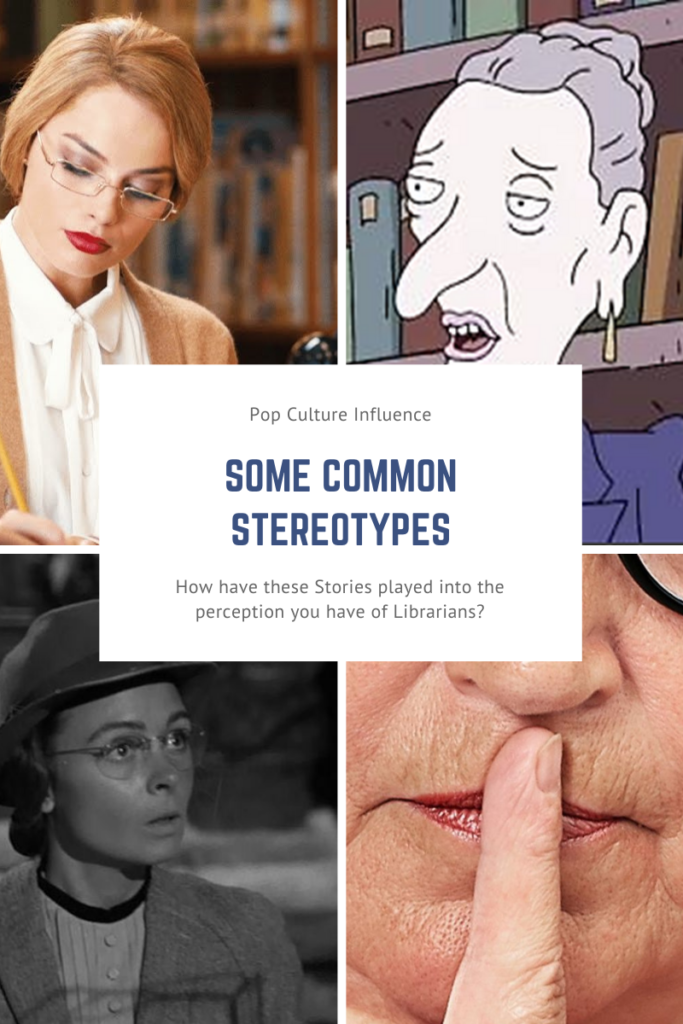SAMR: Substitution, Augmentation, Modification, and Redefinition. This model, developed by Dr. Ruben Puentedura, helps guide teachers into using technology to both enhance and transform their classrooms towards 21st century digital integration. I see it every day in my district (SD61):
- Students using Google Suite to complete assignments and share live with teacher and classmates for ongoing feedback, collaboration, and comments,
- Teachers using FreshGrade or Google Classroom to connect with both students and households in order to share day-to-day happenings in the classroom rather than waiting for PT meetings or report cards,
- Inviting students to submit videos, audio recordings, and graphic images in the stead of a traditional poster board or essay, or
- Digitally connecting to classrooms around the world to broaden global citizenship, worldview, and perspective… just to name a few!
In the library, the implementation of SAMR is also visible:
- Digital curation and cataloguing,
- Virtual libraries, with links to free e-books, podcasts, apps, websites and more (check out my district’s incredible e-library for Elementary Schools here),
- Green screens, smart boards, and tablets for exploring content creation, and
- Robotics centres for coding and ADST exploration.
If you would like a fun project to do with your students, in the classroom or library, I’ve created the Time Capsule activity below as a fun way to kick off the year with identity exploration, reflection, goal-setting, and creative expression. This would be so fun to re-open at the end of the year!

What are some ways your library technology fits the SAMR model?


Recent Comments